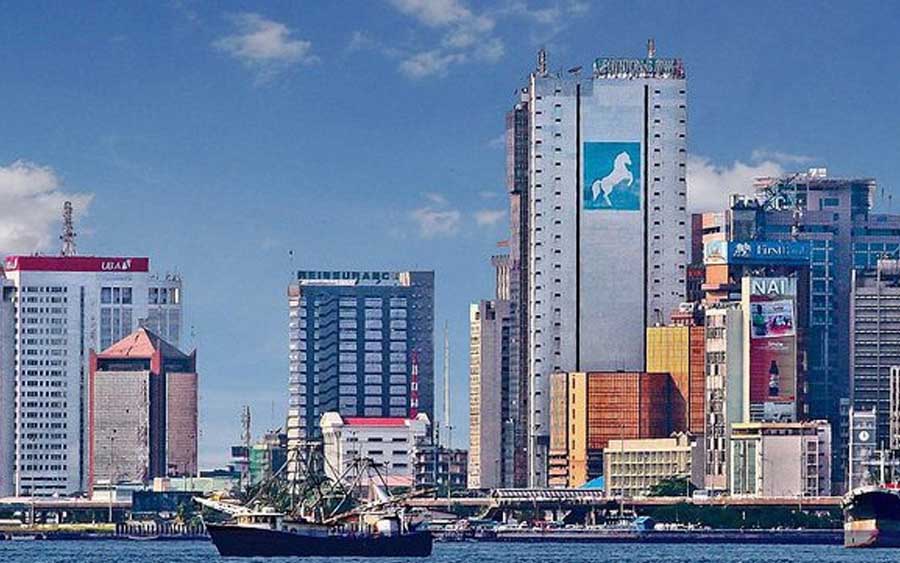Bank credit to the Nigerian private sector rose to N36.37 trillion as of March 2022, representing N1.18 trillion net new loans to the real sector in the first quarter of the year. This is according to data from the Central Bank of Nigeria (CBN).
Nigeria’s credit to the private sector increased by 3.3% from N35.19 trillion recorded as of December 2021, to stand at N36.37 trillion. This brings bank loans to the private sector to its highest level on record.
Similarly, credit to the government also increased by N2.99 trillion in the review period to stand at N16.32 trillion as of March 2022, while currency in circulation declined slightly by N79.56 billion in Q1 2022.
CBN’s support for increased credit
The Nigerian banking sector has been encouraged by the apex bank to continue injecting funds into the real sector of the economy in a bid to stimulate growth and ensure recovery from the recession witnessed during the covid-19 lockdown in 2020.
Specifically, the monetary policy committee of the Central Bank during the 284th MPC meeting held in March 2022 noted the impact that increased bank credit has had on the economy, with Nigeria’s economy recording a 3.4% real growth in 2021, a significant uptick compared to the 1.92% contraction recorded in the previous year.
Hence, the committee continued with a dovish monetary approach in keeping the interest rate low to further ensure economic growth. Meanwhile, despite the increased credit, loans-to-deposit ratio of deposit money banks dropped to 58.81% in March 2022 as against the 59.12% recorded as of December 2021.
This suggests how liquid the Nigerian economy has been in recent times with customer deposits also surging beyond bank credit. Notably, the CBN highlighted that liquidity ratio remained above its prudential limit at 43.5% in February 2022, with the Capital Adequacy Ratio (CAR) moderating slightly to 14.4% in the same month.
Also, the non-performing loans (NPL) ratio of Nigerian banks has been on a downtrend despite increased credit. Specifically, NPL ratio dropped slightly to 4.84% in February 2022 from 4.9% recorded in December 2021, according to the apex bank.
Banks with highest customer loans
- A look at the audited financial statements of the listed commercial banks in the Nigerian stock market shows that their aggregate customer loans increased by N2.95 trillion in 2021 to stand at N17.22 trillion as of the end of the year.
- Meanwhile, Access Bank led the list of banks with the highest customer loans with N4.16 trillion as of December 2021. Its credit to customers increased by N943.26 billion (29.3%) in 2021.
- Zenith Bank followed with loans to customers stated at N3.36 trillion, which is N576.7 billion higher than the N2.78 trillion recorded as of the beginning of the year. Also, UBA’s customer loan stood at N2.68 trillion, representing a 4.9% (N125.69 billion) increase compared to N2.55 trillion as of the end of the previous year.
- It is worth noting that Stanbic IBTC recorded the highest increase in customer loans in the year in terms of percentage change relative to the previous period. Its loans to customers surged by 47.3% to N625.14 billion in 2021.
Low interest rate has hampered bank earnings
- The Central Bank of Nigeria has maintained a dovish monetary policy since the hit of the covid-19 in 2020, keeping the benchmark interest rate (MPR) at 11.5% since September 2020 despite growing inflationary pressure.
- The current interest rate regime has hampered the expected interest earnings of commercial banks. A cursory look at their financials shows that the likes of GT Bank and Stanbic IBTC recorded a decline in their interest income.
- Also, Sterling Bank, Zenith and Union Bank could barely outperform their previous year record in terms of interest income, while Access Bank, Fidelity, UBA, and Unity Bank recorded over 10% increase in their interest top line.
The low interest rate by the apex bank means that customers can have more access to loans from banks at a low rate, which in turn has an impact on the revenue of the commercial banks. Considering that interest income constitutes a significant portion of the revenue basket of most commercial banks, it also affected the profitability of the banks.
However, it is worth noting that the policy of the Central Bank to keep interest rates low has spurred noticeable growth in the real sector. Although, the growing inflationary pressure has given the MPC something to worry about. This could be seen in the last meeting where, as against a usual unanimous decision by the members, it took a majority vote of six members to hold the parameters.
